
Photo
The Southern Railway promoted the resort and tourist qualities of many of the South Carolina towns through which its passenger lines passed. This brochure advertises the charms of the village of...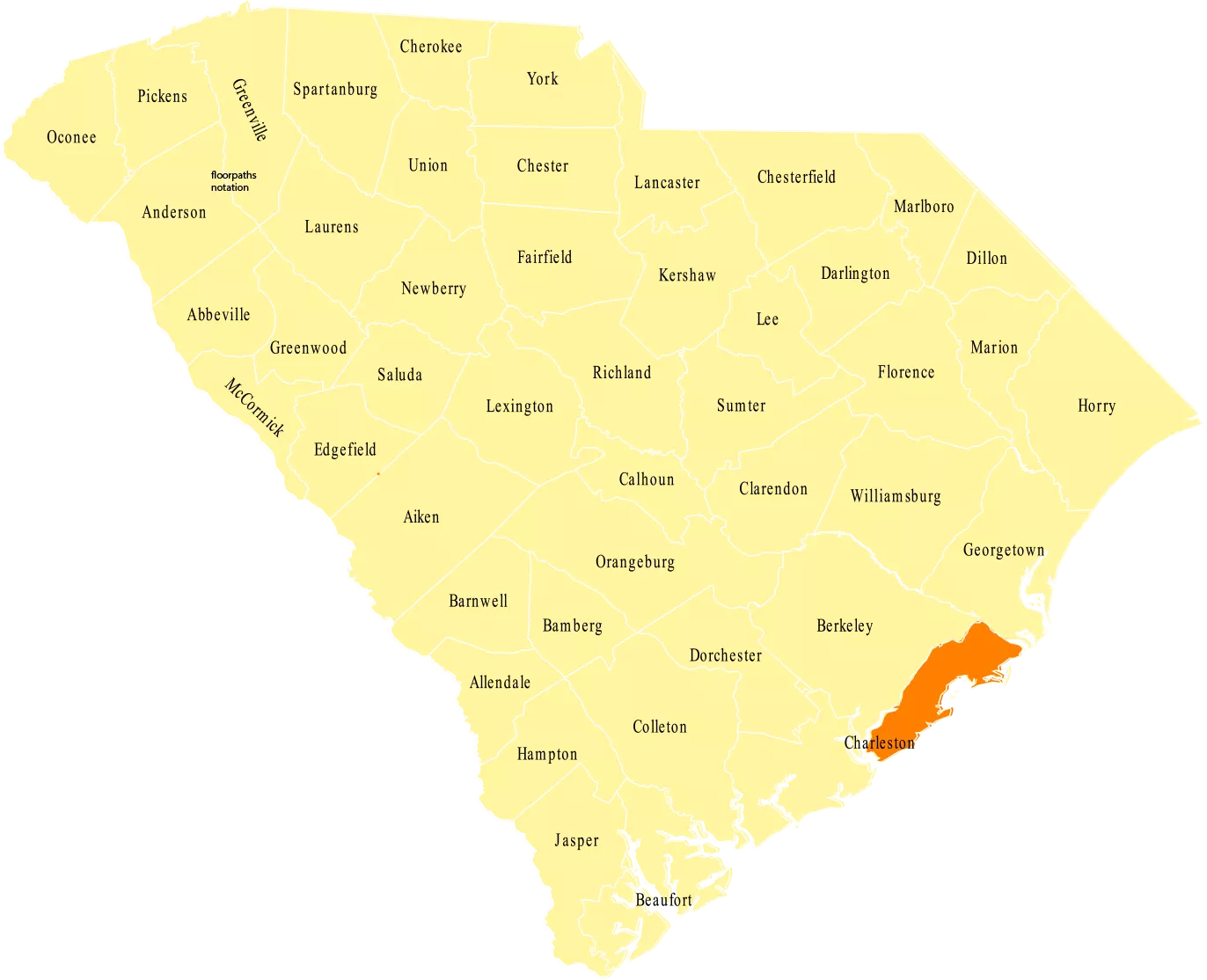
“Charleston County and the city of Charleston, its county seat, are the most historic locations in the state.” Situated in the Lowcountry, the county serves as a popular vacation destination but also relies on the business that results from its port. The area in general serves as a large cultural and economic hub for the state.
Charleston County was founded as Charleston District in 1769, and the district became smaller after some of its lands were used to create Colleton and Berkeley counties. The county and its seat were named after King Charles II.
The city and county are saturated with Revolutionary War and Civil War history. Three signers of the United States Constitution and two famous abolitionists resided in Charleston County, and the Civil War began when soldiers fired shots from the county’s Fort Sumter.

Photo
The Southern Railway promoted the resort and tourist qualities of many of the South Carolina towns through which its passenger lines passed. This brochure advertises the charms of the village of...
Photo
Open air markets have been an important way for farmers to sell their produce to city people. The artist Alfred Hutty (1877-1954) created a vivid etching of the Charleston Market in the 1920s...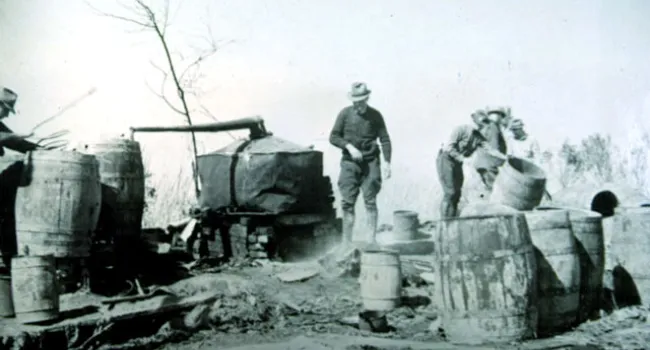
Photo
Harry Melton, an investigator of the South Carolina Alcohol Tax Unit stationed in Charleston, photographed the results of a raid on a moonshine still in the marshlands two and a half miles north of...
Photo
Charleston has been reestablished as one of the major port cities on the East Coast since the Second World War by the advent of the phenomena of container cargo, and the farsightedness of the South...
Photo
Cotton overwhelms the facilities of this wharf in Charleston in this 1909 photograph. Courtesy of the South Caroliniana Library.
Photo
The Wapoo Factory, on the Ashley River, employed 430 men and processed 60,000 tons of fertilizer a year in the 1880s. Courtesy of the South Caroliniana Library.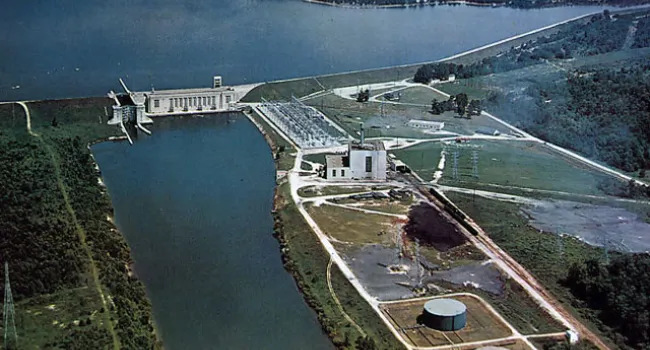
Photo
A color postcard from the 1950s shows the completed hydro and steam electric generating plants of the Santee-Cooper facility at Moncks Corner. The photograph shows the Pinopolis dam, as well as the...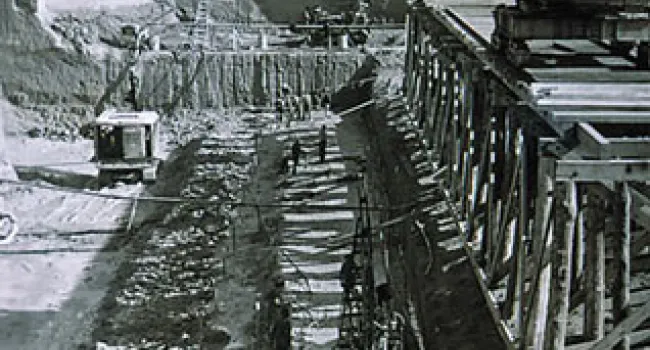
Photo
The Santee Cooper electric power project begun during the New Deal was promoted by Governor Ibra Charles Blackwood (see Ibra Charles Blackwood). The power-house site for the dam is shown here under...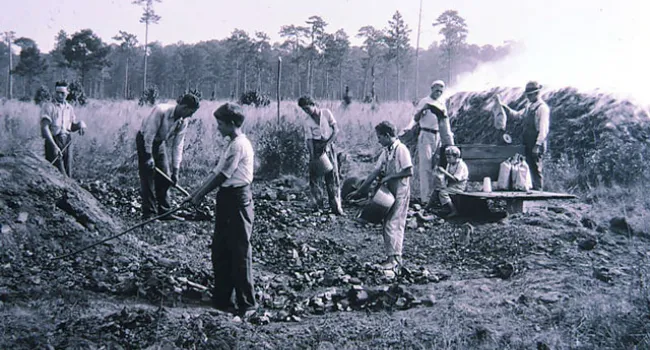
Photo
Charcoal burners, near the Francis Marion National Forest. The photograph of the charcoal operation of Mr. J.W. Litchfield near the Rotten Egg Savannah Road, "shows practically the complete operation...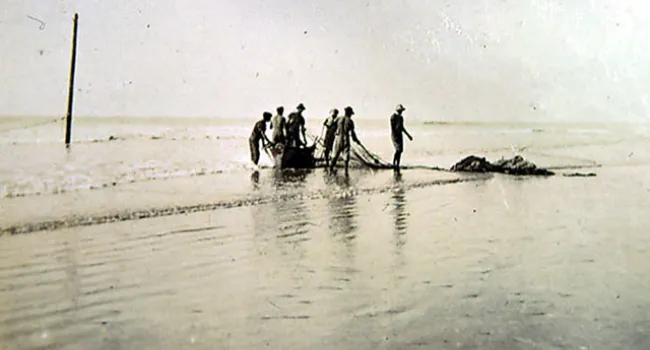
Photo
Fishermen cast surf nets on the Isle of Palms in 1899. Courtesy of the Winthrop University Archives.